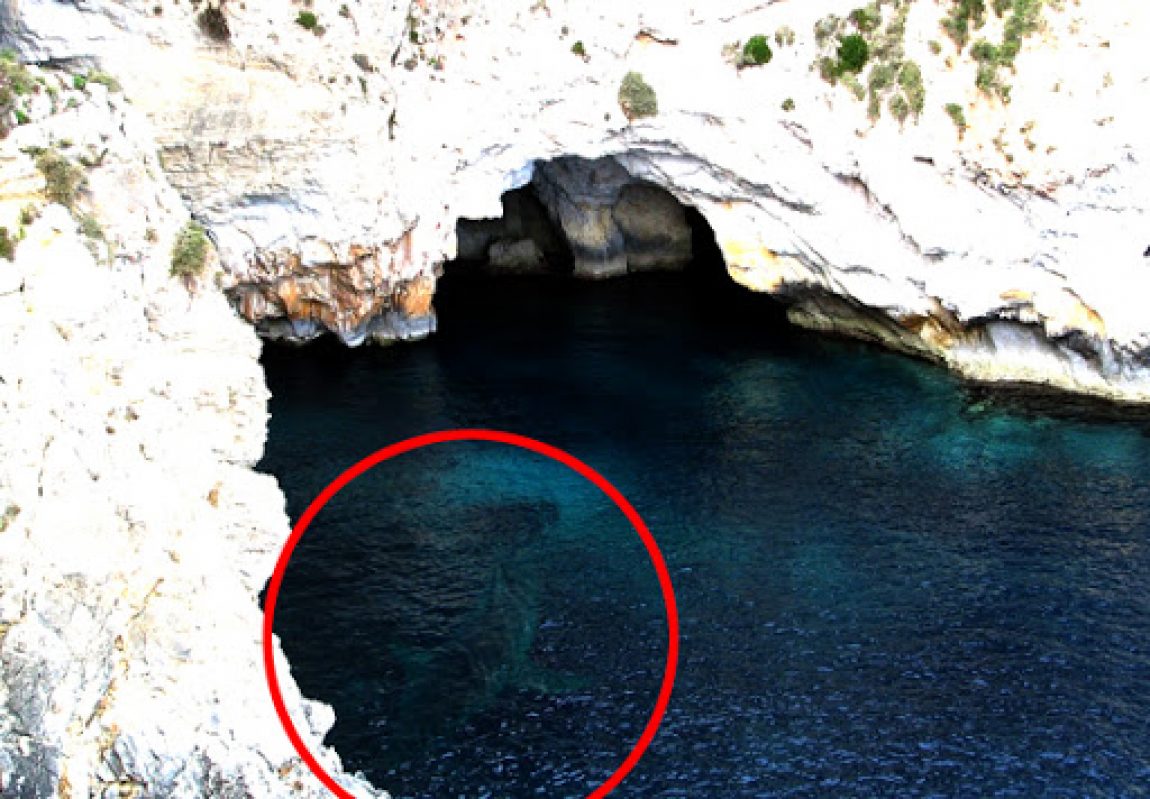Malta: World War II – Part 1
Malta at War – A Twentieth Century Siege
The tiny but courageous island nation of Malta had already withstood a siege that had won it fame and international admiration almost 400 years earlier, it was now to endure and triumph through another siege which would last around three years from 1940 to 1943. The modus operando was vastly different to that siege long before in 1565, but the dedication and heroism displayed was much the same, as was the suffering of its people. Malta has been endowed with fine deep-water harbours and dockyard facilities, making it an unsinkable fortress strategically situated in the central Mediterranean almost equidistant between Gibraltar to the west and Alexandria in the east. The commander in chief of the British Mediterranean fleet knew well that the fall of Malta during the Second World War would mean the end of British naval supremacy in the Mediterranean.
World War II
In September 1939, at the outbreak of war, the defences of Malta were minimal as the Mediterranean fleet was spread thin among many possible theatres of engagement and this remained the case for some time even after hostilities had commenced. The ground defences amounted to a few light anti-aircraft batteries and the defensive guns located around Grand Harbour. There were four British infantry battalions and one newly formed Maltese battalion.
Early on the morning of 11th June 1940, Italian planes dropped bombs on Fort St Elmo, killing six Maltese soldiers. These raids occurred just hours after Italy declared war on Britain and France. From this day on, and for the next three years, Malta, Britain’s key link in the Mediterranean, faced the combined wrath of the German and Italian air-forces. It’s curious that the first target chosen for attack, was the very same one chosen by the Turkish in 1565. Later that same day, the dockyards, the Three Cities, a hospital and an airfield were bombed. The first air raids killed twenty-three civilians and seven soldiers Maltese soldiers and more than one hundred people were wounded. During the first week more than thirty alerts were recorded. The Maltese soon adjusted to this daily pattern of high-level bombing.
There had been peacetime air-raid drills in preparation for war as well as an evacuation plan for the Three Cities area. As the Italian fighters and bombers approached, just hours after Italy had declared war on France and Britain, air raid sirens sounded and unsurprisingly panic gripped the Three Cities.
Airplanes
There were absolutely no airplanes stationed on the three airfields while the only available planes were four gladiators packed in crates and meant for spare parts for an aircraft-carrier which was stationed in British waters. These planes were obsolete in design but were agile and could reach heights which allowed them to dog-fight with the Italian air-force. These agile planes could rapidly slip aside as enemy planes rushed by and then machine-gun them as they passed. The Italian fighters found it very difficult to shoot down these three planes. The number of planes the Gladiators shot down is unknown but one pilot is credited with downing six in the first month of the war. These planes became famous among the Maltese and they raised morale as Malta was being heavily bombed and they fought alone in the skies for three weeks before hurricanes arrived. On the first day of raids the three gladiators drove off raids and gained the nicknames ‘Faith, Hope and Charity.’ The gladiators continued in combat until they were destroyed or worn out.
Admiral Cunningham, the commander-in-chief of the Mediterranean fleet knew too well that unless Malta’s air defences were significantly bolstered, Malta could not be held from the enemy, especially since the Germans now seemed determined to take these little islands. The islands entered into the first major struggle for survival in January 1941. This struggle was to severely tax the courage and endurance of the defenders and the Maltese people. Our next article will chronicle the continuation of the twentieth century siege of Malta as hostilities heat up in the Mediterranean, with Malta the focal point.


